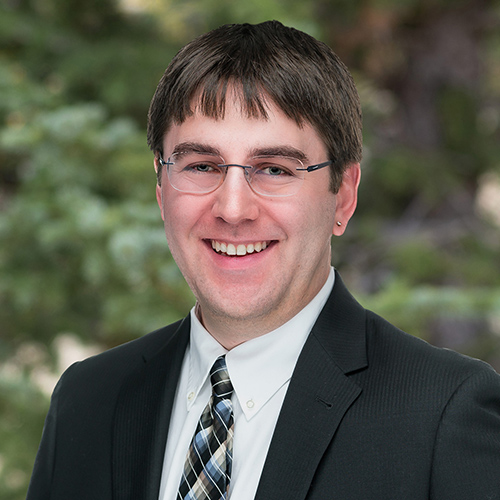
Mr. Anthony Shields is a registered professional engineer with 9 years of experience in environmental engineering and consulting. Mr. Shields specializes in remediation and design and has experience remediating emerging contaminants such as per- and polyfluoroalkyl substances (PFAS), 1,2,3-trichloropropane (1,2,3-TCP), and 1,4-dioxane. He has additional experience in public supply drinking water treatment, remedial investigations, cost estimation, air compliance permitting, and stormwater management. He has provided engineering support for the design, construction, and operation of a wide variety of treatment systems and technologies, including thermal remediation, sorption technologies, bioremediation systems, soil vapor extraction and air sparge systems, engineered capping, in situ chemical oxidation (ISCO) injections, sub-slab depressurization (SSD) systems, in situ stabilization (ISS), and excavation and disposal.
M.S.E.E., Environmental Engineering, Temple University, Philadelphia, Pennsylvania, 2013
B.S.C.E., Civil Engineering, Temple University, Philadelphia, Pennsylvania, 2012
Professional Engineer, New Jersey (License No. 24GE05528500)
Professional Engineer, Pennsylvania (License No. PE093834)
Professional Engineer, Alaska (License No. 207781)
Professional Engineer, North Carolina (License No. 057484)
Hazardous Waste Operations and Emergency Response 40-Hour Certification
First Aid and CPR certified (2023)
Transportation Worker Identification Card, 2023
Delaware Valley Safety Council PetroChem+ and Site-Specific Safety Training
Anthony J. Shields, P.E. Consultant
Mr. Anthony Shields is a registered professional engineer with 9 years of experience in environmental engineering and consulting. Mr. Shields specializes in remediation and design and has experience remediating emerging contaminants such as per- and polyfluoroalkyl substances (PFAS), 1,2,3-trichloropropane (1,2,3-TCP), and 1,4-dioxane. He has additional experience in public supply drinking water treatment, remedial investigations, cost estimation, air compliance permitting, and stormwater management. He has provided engineering support for the design, construction, and operation of a wide variety of treatment systems and technologies, including thermal remediation, sorption technologi...
Mr. Anthony Shields is a registered professional engineer with 9 years of experience in environmental engineering and consulting. Mr. Shields specializes in remediation and design and has experience remediating emerging contaminants such as per- and polyfluoroalkyl substances (PFAS), 1,2,3-trichloropropane (1,2,3-TCP), and 1,4-dioxane. He has additional experience in public supply drinking water treatment, remedial investigations, cost estimation, air compliance permitting, and stormwater management. He has provided engineering support for the design, construction, and operation of a wide variety of treatment systems and technologies, including thermal remediation, sorption technologies, bioremediation systems, soil vapor extraction and air sparge systems, engineered capping, in situ chemical oxidation (ISCO) injections, sub-slab depressurization (SSD) systems, in situ stabilization (ISS), and excavation and disposal.

